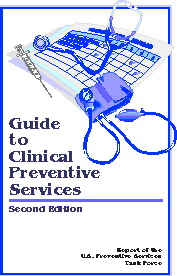|
Breast Cancer |
|
|
Breast cancer is a relatively common cancer, representing about 30% of all cancers in women. In broad terms, treatment is successful in about 3 out of 4 patients in controlling or eliminating the cancer. In about one out of four, the cancer proves fatal. The risk of developing breast cancer increases steadily with increasing age. It is rare among women under age 25 but affects nearly one in nine of those women reaching age 90. A number of factors are associated with an increased of developing breast cancer, including:
Despite the increased risk, most (about 80%) of breast cancer occurs in women not at increased risk for developing breast cancer. For that reason, efforts at early detection are not focused just on those with somewhat increased risks, but on all women. The primary strategy involves a three-armed effort: Periodic (annual) professional breast examination, monthly self-breast examination, and mammography at appropriate intervals. |
